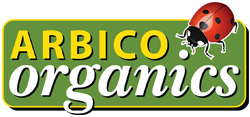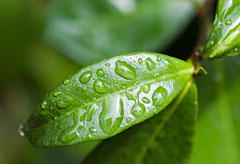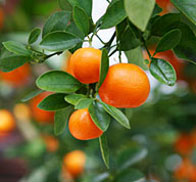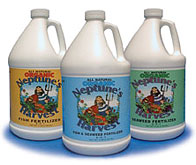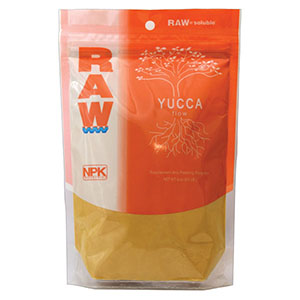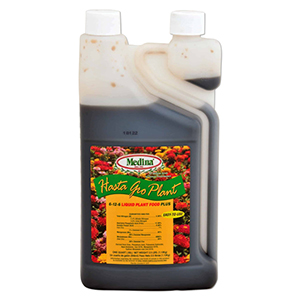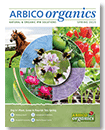Guide to Foliar Feeding
| A Guide to Foliar Feeding Your Plants | |||||||||||||||||||||||||||||||||||||||||||||||||||||||||||||||
While there are no absolutes in the garden, I think it is safe to say that most of us (and maybe all of us) place our primary focus on feeding the soil. This is as it should be since plants receive most of their nutrients through their root system. But there are many benefits to periodically making a foliar fertilization in addition to our regular gardening practice of soil fertilization. There isn't anything complicated about foliar feeding – it is simply the application of fertilizer to the leaves of plants. When you are considering a foliar application, it is important to understand that foliar applications are not practical for nutrients that plants require in large amounts, such as nitrogen, phosphorous, and potassium (the N-P-K that is likely on your fertilizer package). Nor is foliar feeding normally the most effective method for delivering immobile nutrients such as calcium and boron. So why do a foliar feeding at all? A foliar feeding helps address the immediate needs of the plant. The primary benefit of foliar feeding is that it is the fastest way to deliver a corrective infusion of micronutrients. There is also evidence that a periodic foliar feeding will increase the activity in the leaves, increasing chlorophyll production and photosynthesis which drives increased water and nutrient uptake from the soil. How does that work? Plants absorb the nutrients through small openings on the stems and leaves called stomata. Research shows that plants absorb fertilizers faster through the stomata on their leaves. This makes the leaves an ideal point of entry for the micronutrients that can be difficult to pull out of the soil. The stomata close when temperatures reach 85° F and so foliar sprays should be applied early in the morning before temperatures rise. Another scenario where foliar feeding can be especially helpful is in areas where the soil conditions limit the availability of nutrients. For instance the soil where I live contains a lot of calcium carbonate. Calcium carbonate inhibits a plants ability to absorb iron and manganese – for me, foliar feeding iron and manganese is a great method for adding these nutrients to my plants. Foliar fertilizers can be applied more frequently than soil fertilizer. The frequency is dependent upon the plant type(s) that you are growing: • Annuals every 3 weeks Blossom end rot is related to a lack of calcium in the plant and occurs most frequently in tomatoes and peppers, but can also affect apple trees. To combat this problem, use a foliar application of calcium or a water soluble fertilizer that contains calcium to begin the process of getting the plant back on track. This table highlights the advantages of the products we recommend for foliar applications. Use the table to help you decide the product that best meets your needs.
|
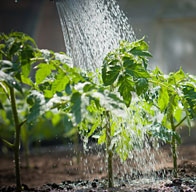
|
||||||||||||||||||||||||||||||||||||||||||||||||||||||||||||||
-
$23.08–$71.08
-
$13.31–$33.61
